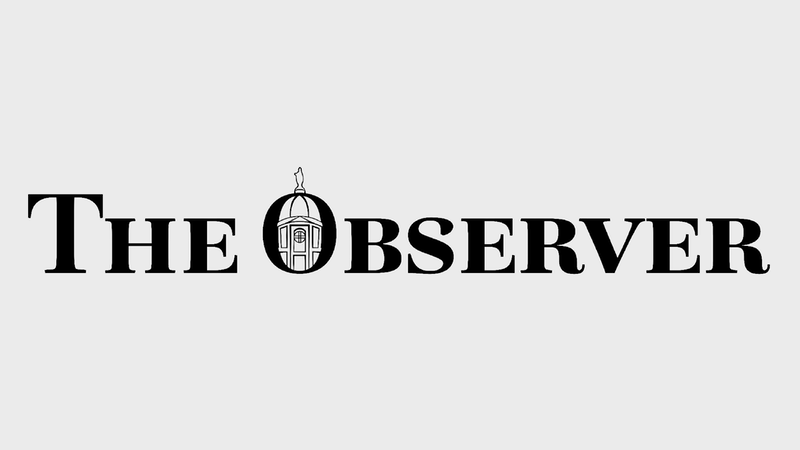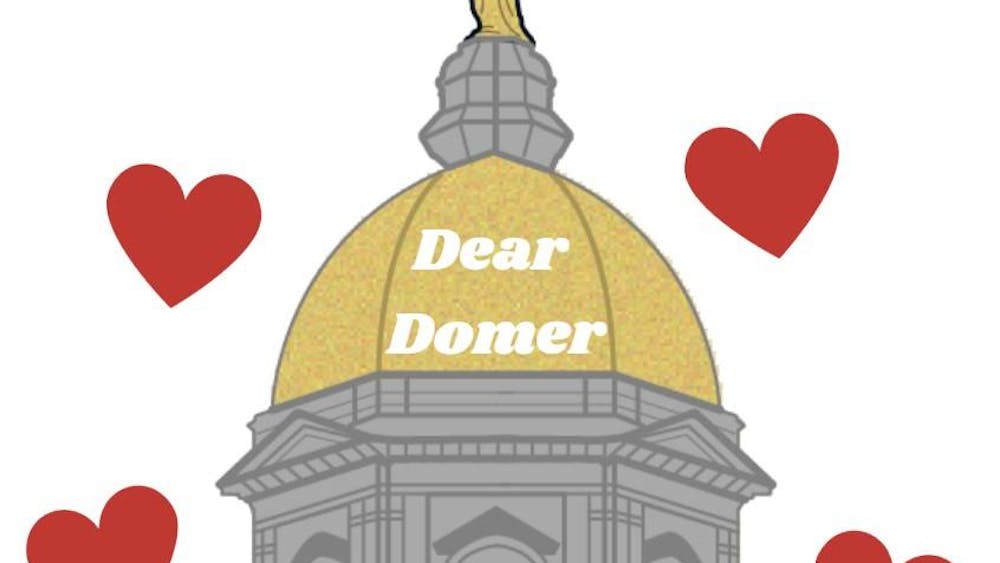My favorite part of this month has been the convergence of major religious holidays. In a rare sequence of events, the three Abrahamic religions are celebrating holy days at the same time. While I and other Jews observe Passover, Christians rejoice with Easter and Muslims continue their holy month of Ramadan. Additionally, Buddhists, Baha’is, Sikhs Jains and Hindus are also partaking in significant religious events at this time. A number of interfaith events have been held throughout the country to mark this occasion. The opportunity to explore other religious traditions is an enriching experience that delegitimizes stereotypes and promotes religious tolerance, an ideal essential to a nation committed to religious freedom.
As part of this celebration of religious diversity, I’d like to share some remarks on Passover, a Jewish holiday that commemorates the Israelites’ exodus from Egypt. I’ll explain the history, traditions and religious significance of the holiday. My aim is that non-Jewish readers may learn about this important Jewish event and possibly recognize similarities to their own traditions. The purpose of this column is to promote understanding between different faiths.
Passover comes from the Hebrew word Pesach, meaning to “skip” (in other words, to literally pass over). It refers to the tenth plague that G-d inflicted upon the Egyptians, the killing of the firstborn. According to Exodus 12:12-13, G-d commanded the Israelites to slaughter a lamb and smear its blood on their doorposts so that G-d would pass over their home and not subject their firstborn sons or animals to death. The subsequent verses detail how the Israelites were freed from Egypt due to G-d’s strength and began their journey to the promised land.
Exodus also gives instructions for the Israelites to commemorate the occasion, creating the Passover holiday. It began as one of the three ancient pilgrimage festivals of the Israelites, in which Israelites would journey to the Temple in Jerusalem to participate in sacrifices and worship. After the destruction of the Second Temple and later exile from the land of Israel, Passover shifted to a Seder or ceremonial dinner. That way, Jews may still partake in the traditions at home.
The Seder is perhaps the most recognizable part of Passover, as it features a number of traditions related to prayer, hearing the story of the Exodus and of course, eating and drinking. While the Seder involves most Passover traditions, some parts deserve particular note. For instance, there is the Seder plate that traditionally features five foods: shank bone, egg, bitter herbs, vegetable and haroset. The purpose of these items is to remind participants of the Israelites’ transition from slavery to freedom. Also, Jews avoid eating unleavened bread for seven days during the holiday. This means that Jews may not eat food made from wheat, barley, rye, oats or spelt.
One significant part of the Passover Seder is at the end, when we exclaim, “next year in Jerusalem!” The hope is that next year’s Passover may be spent in the promised land. With the creation of Israel, though, the meaning of the phrase varies from Jew to Jew, ranging from support for Israel to awaiting the Messiah, when Jews believe we will return to the holy land.
While there are many theological components to Passover, the two most prominent are redemption and freedom. The holiday acts as a reminder of the Israelites’ plight in Egypt. Jews are commanded to tell their children every year of their ancestors’ servitude and freedom brought by G-d. In fact, Jews are obligated to envision themselves as though they were actually in Egypt, creating a direct line to the biblical experiences of the Israelites. The result of this encounter generates reflections on physical and mental redemption. The physical freedom granted in the Exodus story is obvious, but the mental redemption emphasizes the ability for Jews to freely practice their religion and culture. This is conveyed clearly through the reception of the Torah at Mt. Sinai. Moreover, Passover serves as a reminder that freedom is a right that must be constantly fought for. Just as it took 40 years for the Jews to reach the promised land, the fruits of our efforts towards a more just world will only be realized through work across generations.
Personally, my favorite part of Passover is the recitation of the Dayenu prayer. The word means “It would have been enough” in Hebrew, referring to all the acts that G-d performed for the Jewish people. After each action is read, participants respond with the prayer’s namesake as a sign of thankfulness to G-d and recognition that any act of G-d, no matter how small, is enough. The prayer invites personal reflection, particularly on how we should be grateful for the parts of life that often go unnoticed.
I hope that this description of Passover was worthwhile for interested readers. I’ll note that my understanding of Passover is rooted in my own traditions as a Reform Jew, so minor details may differ for different Jews and their communities. Regardless, I invite readers to partake in the wonderful opportunities for religious diversity this month.
Blake Ziegler is a junior at Notre Dame from New Orleans, Louisiana, with double majors in political science and philosophy. He enjoys writing about politics, Judaism and the occasional philosophical rant. For inquiries, he can be reached at bziegler@nd.edu or followed at @NewsWithZig on Twitter if you want to see more of his opinions.
What’s Passover?: A guide from a Notre Dame Jewish student
The views expressed in this column are those of the author and not necessarily those of The Observer.









